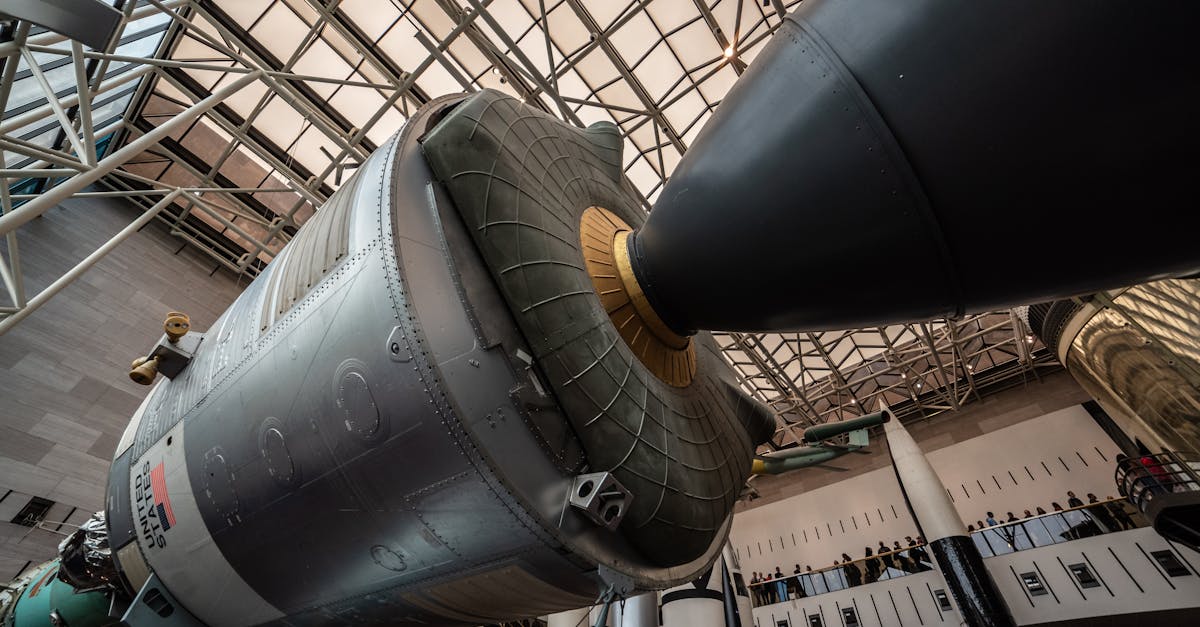Space Tourism Boom Private Companies Set To Launch Trips Soon
Introduction
In the 21st century, the dream of flying to space is shifting from science fiction to reality, thanks to the efforts of private companies. Launching commercial space trips by year’s end marks a significant milestone. Driven by technological advancements and the allure of space travel, pioneers such as SpaceX, Blue Origin, and Virgin Galactic are leading the charge. As private companies prepare to make space tourism accessible, the world anticipates what's next. These commercial ventures promise a new era where space travel becomes a leisure activity. With increasing interest and investment, space tourism is poised to take off.
Advertisement
History of Space Tourism
Space tourism traces back to 2001 when businessman Dennis Tito became the world’s first self-funded space tourist. Since then, there have been a handful of others who have made the trip through governmental partnerships. However, the concept of regular commercial spaceflights has gained significant momentum only recently. The past few years have seen rapid advancements in technology, making it feasible for private entities to offer flights beyond our planet. With a few successful test flights, the industry now stands at the precipice of a new revolution: making space tourism more regular and accessible.

Dominik Gryzbon/Pexels
Advertisement
Pioneering Companies Behind the Push
Three companies have emerged as front-runners in the commercial space race: SpaceX, Blue Origin, and Virgin Galactic. SpaceX, led by Elon Musk, aims to make interplanetary travel a reality and is already conducting regular spaceflights for NASA. Blue Origin, the brainchild of Jeff Bezos, focuses on enabling millions to live and work in space. Virgin Galactic, helmed by Richard Branson, is dedicated to providing suborbital spaceflights to paying customers. Each of these companies has set ambitious targets, backed by innovation and immense capital. Their competition drives the technology needed to achieve regular space travel.
Advertisement
How the Trips Will Work
Space tourism trips promise a unique experience tailored for adventure seekers. Initially, these journeys involve brief suborbital flights providing a few minutes of weightlessness and jaw-dropping Earth vistas. Longer missions aim to offer more immersive space experiences, possibly extending to orbital stays. Passengers will undergo several days of training to familiarize themselves with the demands of space travel. Safety remains the top priority; thus, procedures and systems have been stringently tested. The cost remains high, but future advances may make trips more affordable for the broader public.
Advertisement
Technological Advances Making it Possible
Rapid innovation in spacecraft technology underpins the burgeoning space tourism industry. The development of reusable rockets has dramatically reduced the cost of space travel. Advanced materials and designs ensure the spacecraft are lighter yet safer. In addition, enhanced simulation training and AI integration boost both safety and experience quality. Together, these technologies drive the feasibility of sustained operations and potentially more frequent trips. As specialists fine-tune these technologies further, the logistical and financial barriers to commercial space travel diminish.
Advertisement
Economic Impact and Opportunities
The space tourism boom promises substantial economic benefits, not just for operators but for associated industries. Tourism infrastructure on Earth will evolve to cater to new space tourists, creating jobs and attracting investment. Manufacturing, tech firms, and research institutions stand to benefit immensely from this expanding market. Awareness of space travel could lead to secondary economic activities, such as merchandise and media. Given its luxury market leaning, space tourism is expected to become a significant revenue generator. Furthermore, the associated innovation may spill over, aiding terrestrial industries.
Advertisement
Environmental Concerns and Measures
Alongside excitement about space tourism are considerations about its environmental impact. Rocket launches contribute to atmospheric emissions, raising questions about sustainability. In response, companies are investing in greener propulsion methods and improved efficiency to minimize impact. Some firms focus on offsetting carbon footprints through environmental initiatives. Transparent reporting on emissions and rigorous assessments are necessary to address public concerns. As the sector evolves, regulatory bodies and companies must work together for sustainable expansion, ensuring space tourism remains not just thrilling, but also responsible.
Advertisement
Public Reception and Future Prospects
Public enthusiasm for space tourism is at an all-time high, with a global audience eagerly watching developments. Movies, media, and social platforms fuel public imagination and excitement, translating into tangible interest. Experts foresee steady growth as trips become more affordable and commonplace. Crucial to this growth is communication, ensuring the public understands both the thrills and responsibilities involved. As costs lower and safety proves reliable, interest will likely broaden beyond initial enthusiasts to a wider audience. Gradually, space tourism could redefine travel's frontier, akin to early aviation's transformative journey.
Advertisement
Challenges Ahead for the Industry
While the potential is enormous, so are the challenges. The industry's success rests on rigorous safety protocols and the ability to sustain the economic model. As pioneers, these companies face technical hurdles necessarily met with innovation. Regulated frameworks for international airspace, liability, and customer safety are evolving and require clear, consistent standards. Future mysteries of space and its unpredictabilities must be respectfully navigated. However, with persistent evolution, industry breakthroughs hold the promise of overcoming these challenges, ushering in a stable era of space tourism.
Advertisement
Conclusion
Space tourism stands on the cusp of becoming an integral part of modern life, as private companies overcome numerous barriers. The historic endeavors of SpaceX, Blue Origin, and Virgin Galactic indicate a future where exploring space will no longer be just a dream. While obstacles like environmental impact and regulatory frameworks remain, continued investment and technological advancement hold the key. Public interest is high, driven by media and cultural relevance, suggesting a receptive market. Space tourism promises to redefine humanity's understanding of travel, expanding our boundaries in breathtakingly new ways.
Advertisement
